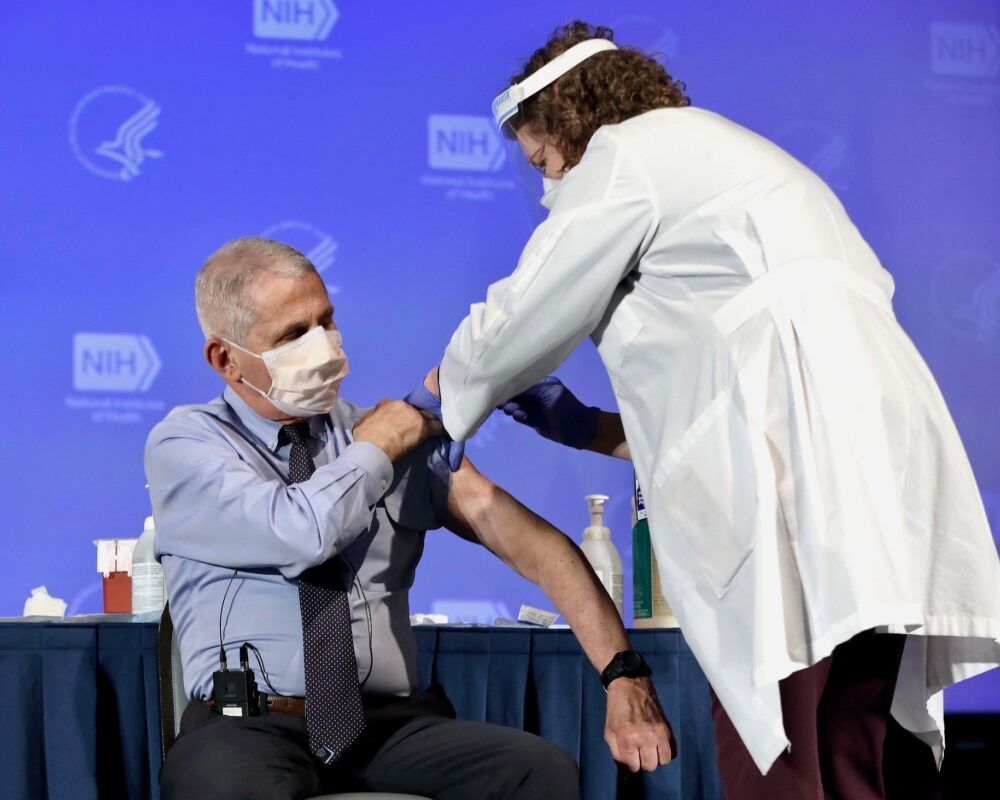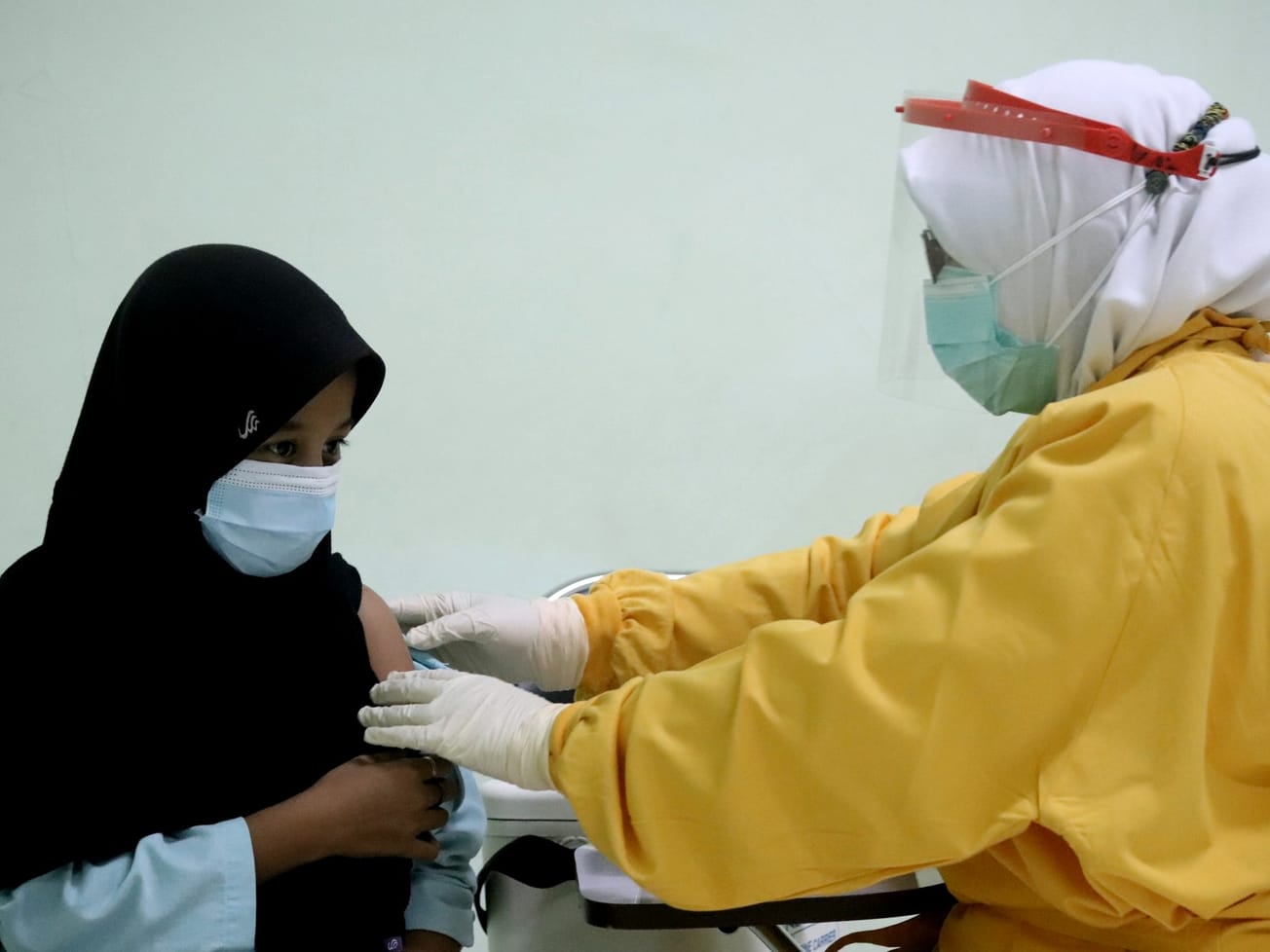GENEVA (AN) — Wealthy countries locked up most of 2021's COVID-19 vaccine supply — six times what developing nations expect to get over the next four years — despite the COVAX Facility's multilateral efforts to ensure all nations have equal access, global health data shows.
Experts project the world will not have enough vaccines to cover the world's 7.8 billion population until two or three years from now. But wealthy nations in Europe and North America have secured most of the global vaccine supply, clinching "advance market commitments" of 8.6 billion doses, with additional options or negotiations underway for another 3.5 billion shots. Developing countries with most of the world's population get whatever is left.







